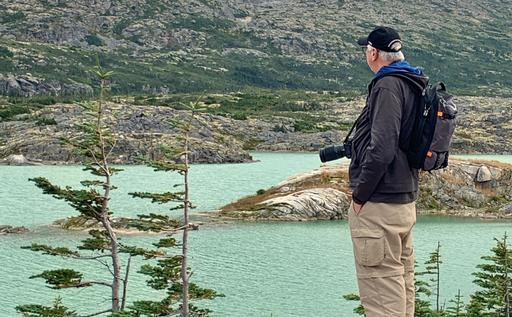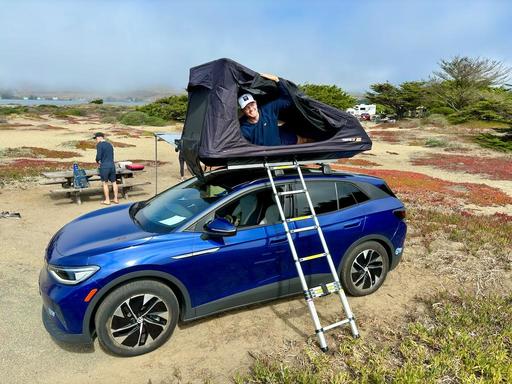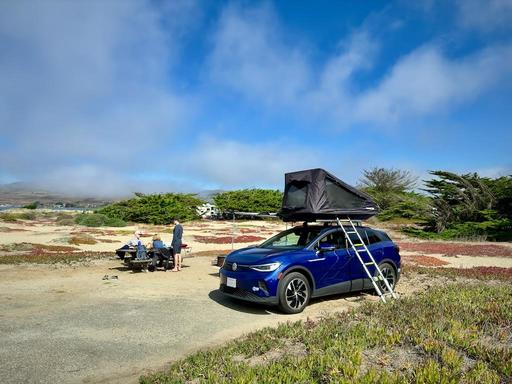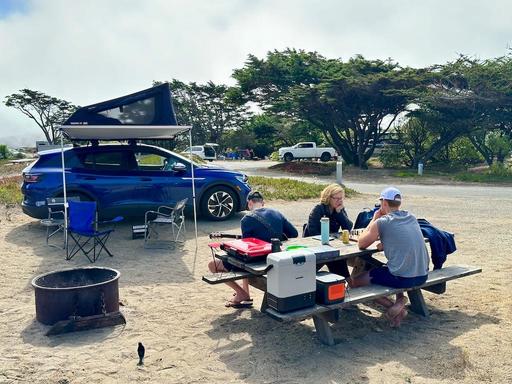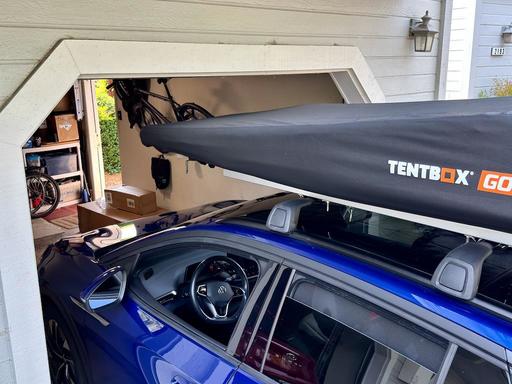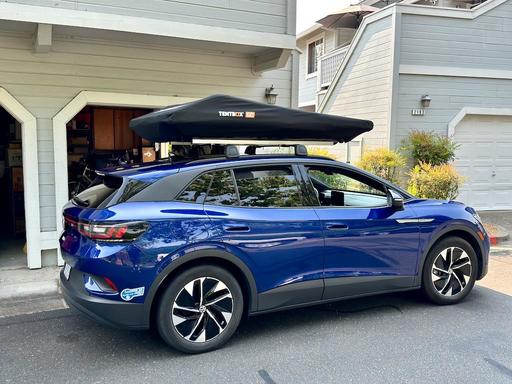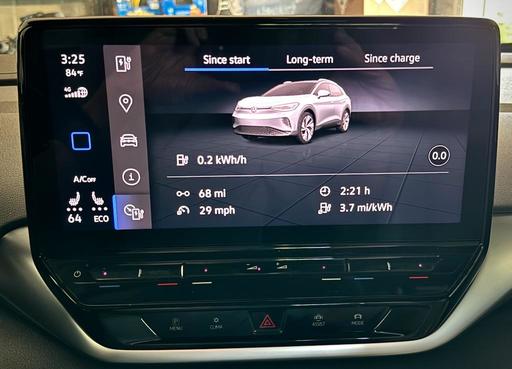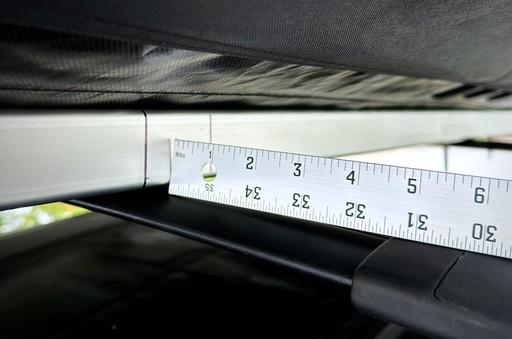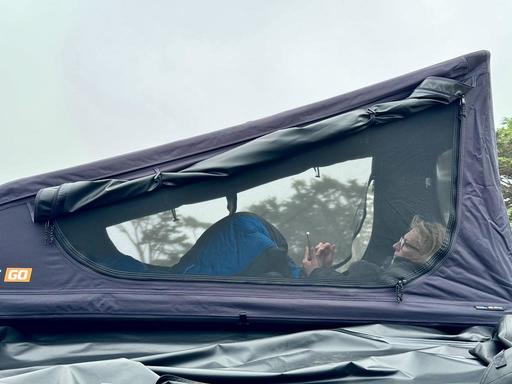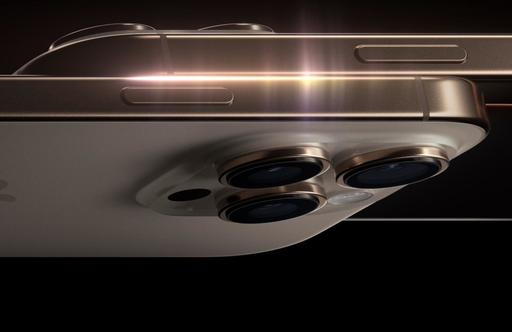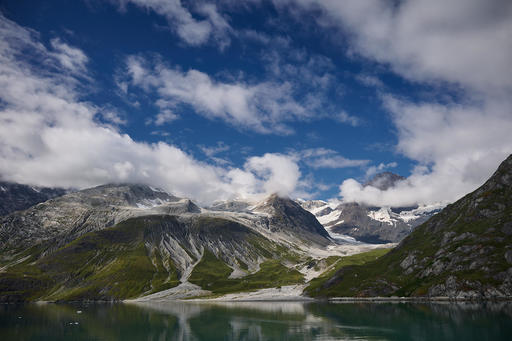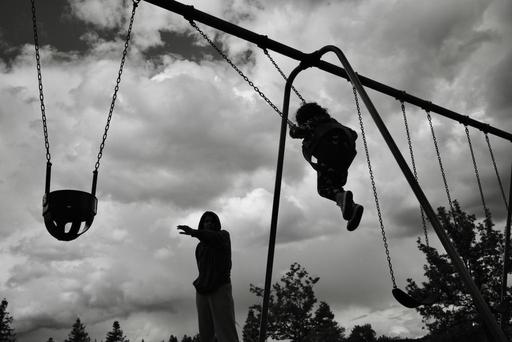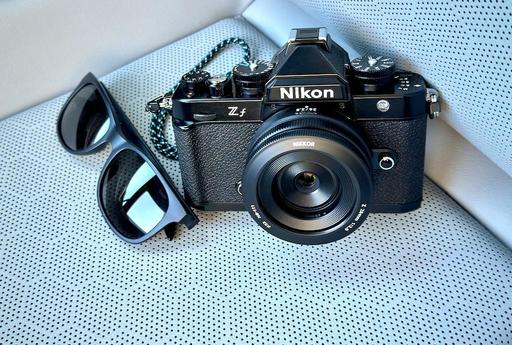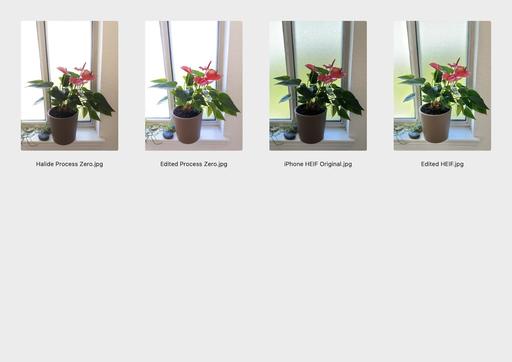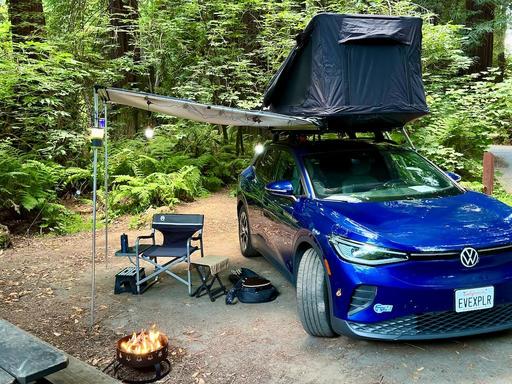This is The Digital Story Podcast #967, Oct. 1, 2024. Today's theme is "Start With Your Bag, Then Work Backwards." I'm Derrick Story.
Opening Monologue
It's a law of nature that any horizontal surface in the home must have stuff on it. And so it goes for our camera bags as well. If there's room inside, we will put something there. So if you want to travel lighter, get a smaller bag. I'll explain more, plus other stories, in today's TDS Photography Podcast. I hope you enjoy the show.
Tune-In Via Your Favorite Podcast App!
Apple Podcasts -- Spotify Podcasts -- Stitcher
Podbean Podcasts -- Podbay FM -- Tune In
Start With Your Bag, Then Work Backwards
In just a few hours, I depart for Durango, CO. for our early fall workshop. Since I'm making a two-day drive from Northern CA. instead of flying, I have a little more room for gear than my previous trip to Alaska.
But that doesn't mean that I want to fill up the car with stuff I don't need. I have things for the workshop - ice chest, refrigerator, water service, food, etc. - plus my suitcase and gear for the road. So my camera bag turns out to be the same size as what I flew with to Vancouver.
How do I pack tight and keep it light? It all starts with the bag.
I'm using the 18.5 L Lowepro Trekker Lite BP 150 AW Backpack ($124).
- Main opening with number 10 zipper and a configurable interior with a 60/40 split.
- Soft top section holds your travel necessities.
- Lower half protects your equipment with an integrated camera insert.
- Construction and multi-access design allows access from the side without removing the insert, which is safely connected to the inside of the bag with a strap.
- Multi-functional accessory straps allow you to carry the insert separately like a shoulder bag, or attach it to your chest.
- Use the neck or chest strap to carry your camera around your neck.
- Separate back pocket that accommodates a 14.2" MacBook Pro.
- Generous mesh water bottle holder.
- Lots of grab handles.
By sticking to 18.5 L, I can have all my valuable gear with me, whether I'm in a restaurant, cab, bus, under the seat in the plane, or hustling from terminal to terminal.
A bigger bag would mean more weight and less portability. That's why I start with the bag size I want, then work backwards.
No, This Viral 'Goodbye Meta AI' Post Won't Protect Your Photos
You can read the entire article on PetaPixel.com.
Skylum Launches Aperty, a Portrait Editor With AI Offering Fast Results
You can read the entire article on FStoppers.com.
Celebrated photographer Stephen Shore walks out of his lecture after Chinese audience proves more interested in their phones
You can read the entire article on DigitalCameraWorld.com.
21 World Famous Photographers and Their Photos
You can read the entire article on PhotoTraces.com.
Virtual Camera Club News
The Nimble Photographer Newsletter is now publishing every Thursday. Readers will enjoy a variety of content spanning from short photo essays, to commentary on weekly events, to reviews of the latest and coolest photo gear.
Inner Circle Members: A big thanks to those who support our podcast and our efforts! We are having a blast at our new Inner Circle hangout, the private group I've set up at DerrickStoryOnline. We'd love it if you join us. You can become an Inner Circle Member by signing up at our Patreon site. You will automatically be added to the new hangout.
Great Photography Articles on Live View - If you check out our publication and appreciate what you see, be sure to follow us and clap for those authors. You can find us at medium.com/live-view.
If you're interested in writing for Live View, drop me a line at dstory@gmail.com.
The New Donation Kit for Carefree Shipping of Found Film Cameras - If you've discovered a film camera that's no longer being used, our new Donation Kit makes it easy to pack and ship. Just visit the Contact Form on thenimblephotographer.com, click the box next to Donating a Film Camera, and let me know what you have. In your note, be sure to include your shipping address.
Affiliate Links - The links to some products in this podcast contain an affiliate code that credits The Digital Story for any purchases made from B&H Photo and Amazon via that click-through. Depending on the purchase, we may receive some financial compensation.
Red River Paper - And finally, be sure to visit our friends at Red River Paper for all of your inkjet supply needs.
See you next week!
You can share your thoughts at the TDS Facebook page, where I'll post this story for discussion.
